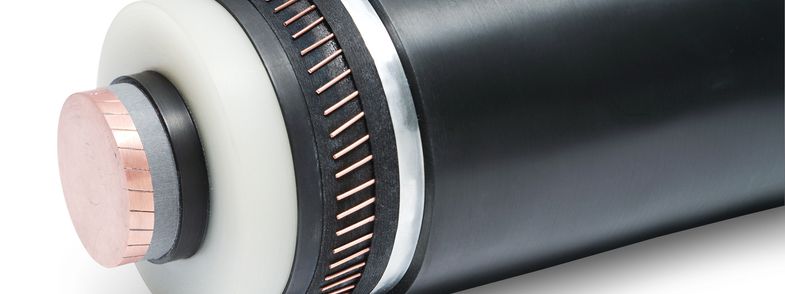Larger, longer and more efficient: 525 kV XLPE HVDC is becoming the preferred cable technology for long distance power transmission
Nov 3, 2023
In 2023, we have seen a technology shift in the high-voltage power cable market with 525 kV extruded XLPE power cable technology becoming the standard technology for several large cable projects supporting the green transition of Europe.
- Press Releases & Events
- Larger, longer and more efficient: 525 kV XLPE HVDC is becoming the preferred cable technology for long distance power transmission



Loading...



